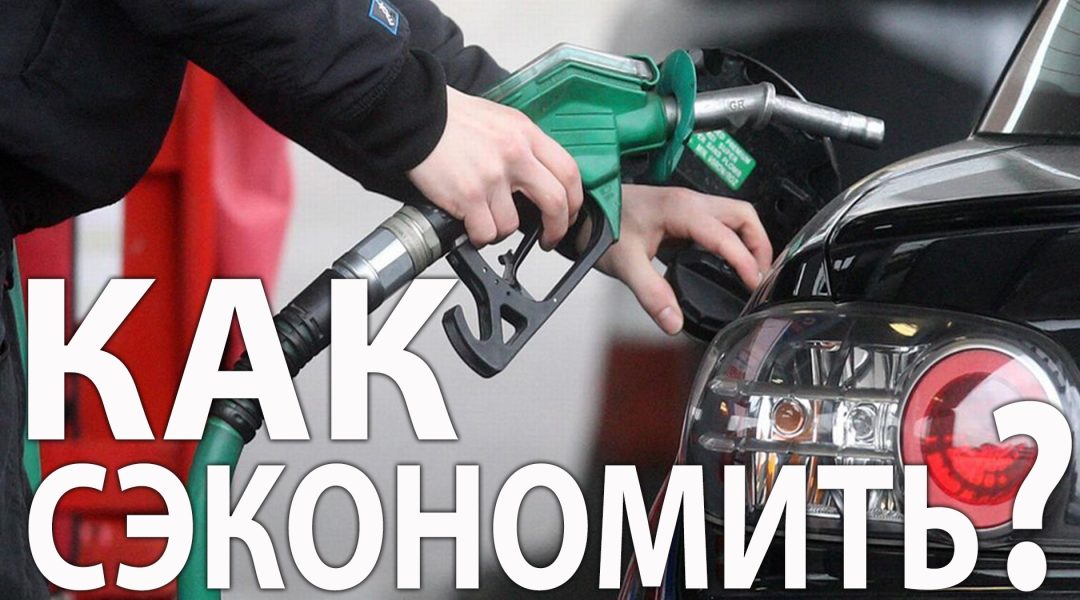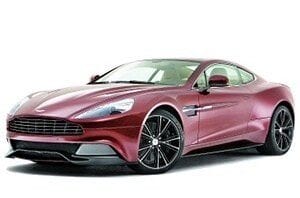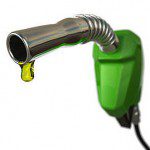
How to drive economically and save fuel
Fuel prices are like a swing. Once they go up, then down. However, their price is high in comparison with our salaries, and the adopted legislation of the Western Soviet Union, aka the EU, does not help. I am not a forecaster, but I do not see the possibility of significant price reductions in the future, as this is a very good source for the state treasury and, rather, a precondition for continuous, more or less slow growth in prices. Therefore, I have prepared some useful tips, such as a few deciliters, and sometimes liters, to save on a home or corporate budget. I hope that my advice will please also eco-friendly drivers. Aiming to reduce CO2 you can start.
From a physical point of view, it is logical that when the engine is running at lower speeds, it has less fuel consumption. In practice, this means that you only crank the engine in each gear as much as necessary and shift into a higher gear as soon as possible. It is individual for each engine, and the type of fuel also plays an important role. Typically, diesel engines operate in a lower speed range than gasoline engines. The optimum speed is very general in terms of consumption: for diesel engines (1800-2600 rpm) and for gasoline engines (2000-3500 rpm). After starting off, try to drive as much of the road as possible in the highest gear and depress the accelerator pedal (the people's accelerator pedal) only as far as necessary. On the other hand, avoid extremes. Driving with the engine at too low a speed, when you already begin to feel uneven operation, provides fuel economy, but disproportionately loads the engine, especially the crank mechanism and flywheel. Do not run a cold engine because not only will it shorten the life of the engine, but it will also have a very high consumption. Observe the optimum speed, i.e. not too low and not too fast, for example, when accelerating from 130 km / h to 160 km / h, the consumption sometimes increases to 3 liters. Do not press on the gas completely. About three quarters in total and you will achieve the same effect. Consumption is at least a third lower than with full trampling.
An excellent assistant for economical driving, if the car is equipped with it, is the on-board computer, on which you can monitor immediate, medium and long-term consumption. If you know you will be standing for more than a minute, turn off the engine. Every ten minutes, the engine sips about 2-3 dcl of fuel. It is worth turning off the engine, for example, in front of railway barriers.
If you have enough time to slow down, it is worth braking the engine. In this case, cars currently produced have zero consumption.
A significant increase in consumption can be caused by excessive use of the air conditioner. It can go up to several liters per hundred kilometers. Therefore, in summer weather, it is better to ventilate the car first and then turn on the air conditioner. You can also get low fuel consumption by regularly checking your air filters and properly inflated tires. Every extra pound you drive into your car also affects your fuel consumption. Although this is only a small percentage, thanks to which you have less consumption, it pays off in the end. In general, every 100 kg of cargo increases consumption by about 0,3-0,5 l / 100 km. Naturally, "cargo" also means a human crew, do not forget, for example, "garden" or an aircraft carrier on the roof. Even if not full, it removes fuel from the tank up to 2 liters / 100 km due to air resistance. Non-original aerodynamic accessories, an open window or aprons above the wheels also increase consumption. Conversely, if you don't have alloy wheels, equip the sheet metal wheels with handles.
The basic rule of thumb when approaching a traffic light is when both green and red are on. Try to estimate the distance and time the light passes through. Adjust the speed accordingly. It is also good if you cope with the so-called start of the flight (upon arrival, the traffic light changes color from red to green). This eliminates high consumption when starting off.
Also consider choosing the right oil. While the synthetic oil 0W-40 lubricates the engine regularly at intervals of a few seconds, with the classic mineral oil 15W-40 this time increases several times. At the same time, consumption is growing. However, if you change the brand and quality of the filling oil, you should consult a specialized workshop, as not every oil is suitable for your vehicle, and in some cases the engine may be damaged.
So, let's summarize a few basic facts about what needs to be done to reduce fuel consumption:
- monitor board computer
- use conditioner only when necessary
- properly inflated tires
- do not add gas unnecessarily
- anticipate traffic events and move smoothly
- use the achieved speed
- do not start the engine unnecessarily
- do not carry unnecessary cargo
- do not run the engine at high revs unnecessarily
- brake the engine
- drive so that you need to brake as little as possible

